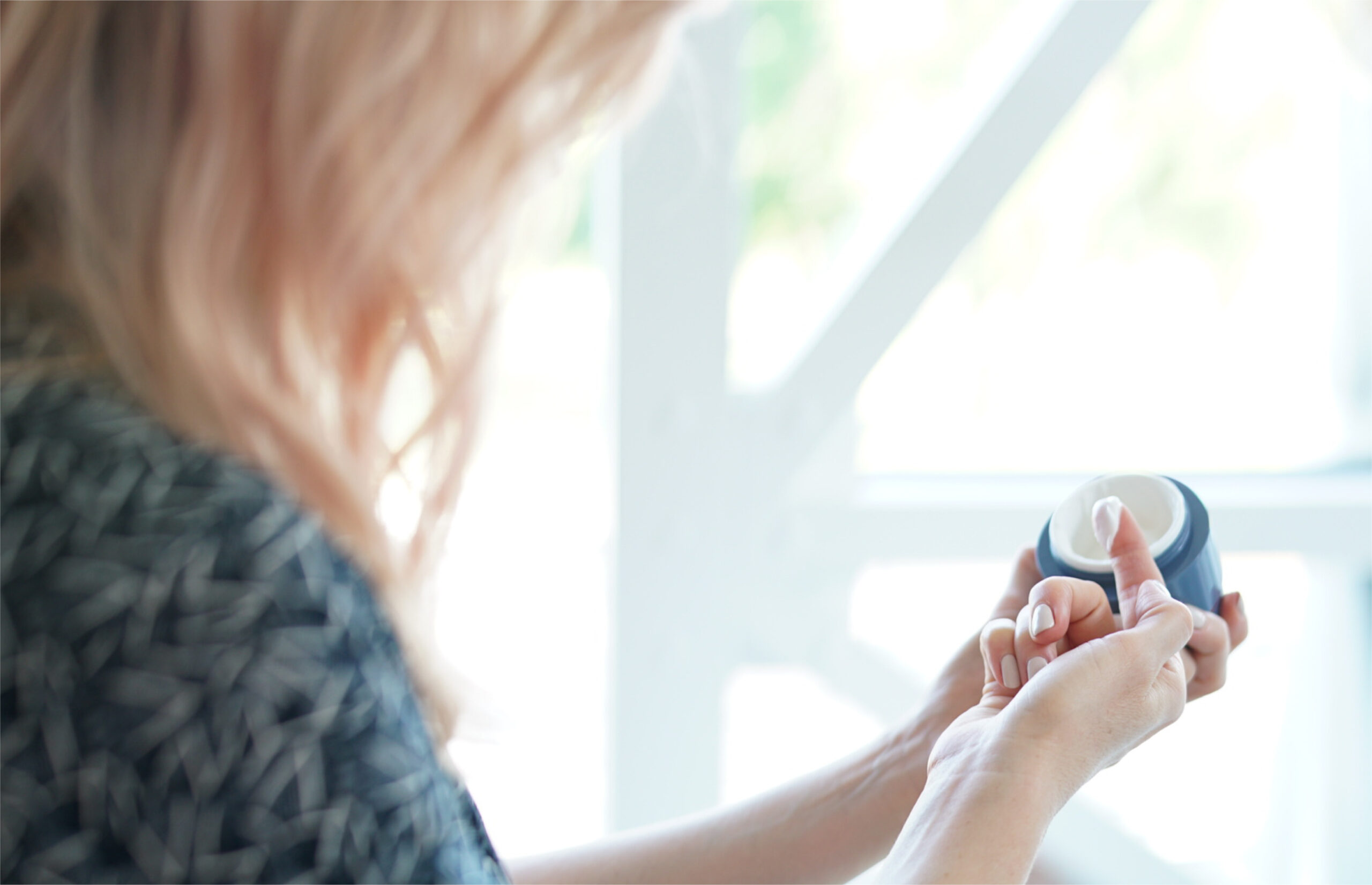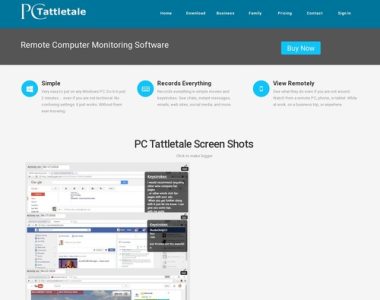
We’ve all been there—you buy a new skincare product only to use it a handful of times before the novelty wears off. It gets shuffled to the back of your cabinet or to the bottom of your drawer, where it collects dust. One day, as you’re sorting through your things, you rediscover it. That’s when the inevitable questions arise. Does skincare expire? Is it still safe to use?
Keep reading to learn all about skincare expiration, including how to read dates and symbols, how to tell if a product is past its prime, and how to extend the life of your favorite formulas.
How to Read Expiration Dates on Skincare Products
The first thing you need to know is that skincare products are classified as cosmetics by the Food & Drug Administration (FDA)— not drugs. This means that companies in the U.S. (and Canada) aren’t required by law to display expiration dates on their products.
However, there are a couple of exceptions to that rule, and one is sunscreen, which is considered a drug since it serves a medical purpose. According to the FDA, sunscreen must list an expiration date on the packaging—unless it’s been proven to stay stable for up to three years. Because sunscreen is critical to preserving skin health, it’s important to follow the expiration dates on sunscreen closely. If your sunscreen doesn’t come with an expiration date, use it up or throw it out after three years.
For brands that do indicate a shelf life on a skincare product, you can find a symbol on the packaging. There are two main symbols used to indicate how long a skincare product will last. Both symbols are required in the European Union (EU), but some companies in the U.S. choose to include them on their packaging too, especially if they sell their products in Europe.
Period After Opening (PAO): This symbol tells you how long a product will stay good after it’s been opened. It looks like a little open jar with a number followed either by the word ‘months’ or the letter ‘M.’ For example, ’18M’ indicates the product will stay good for a year and a half once it’s been opened.Best Before End Of (BBE): This symbol tells you the date by which a product should be used, just like expiration dates on our food. It looks like a little hourglass followed by a date. It’s a calculated date conducted through stability testing that mimics all of the conditions a product may go through in its aging process.
The challenge with vague expiration symbols like the PAO symbol (and the reason I’m not always a fan) is that there’s no way for them to be 100% accurate. For example, storage conditions play a big role. Did you leave the lid off? Was it exposed to direct sunlight? Did you keep it in your car? All of these things could potentially cause a product to expire faster than the PAO symbol initially indicated.
Or maybe you left it unopened, stored it in a dark, cool place, and never got around to using it in your skincare routine. In this case, it could (potentially) still be good.
Because of variables like this, you can’t totally rely on these symbols. To tell if a product has gone bad, I prefer using common sense and personal judgment, inspecting a product for any visible or olfactory changes.
How to Tell If a Skincare Product Has Expired
Regardless of whether it has an expiration date or symbol on the packaging, it’s important to know that they don’t last forever. Most skincare products guarantee safety and freshness for two years, although some can last up to three years and others can last less (especially if they’re organic). With all this variation, how can you tell if a skincare product has really expired? Here are the steps you can take to find out.
Check for an Expiration Date: The first and most obvious step is to check for an expiration date or symbol, although, as I already mentioned, not all containers will have one, nor can you safely rely on them. If a product does have one, however, it can give you a clue as to its current state. Regardless, move on to step two.Change in Consistency: It’s time to take note of the consistency. Is it thinner than it was when you originally opened it? Are the ingredients separating? Is there mold growing on it? Yikes. If that’s the case, toss it.Change in Color: After checking the consistency of the product, check its color. Has the color changed, such as from white to yellow or light brown? This is especially common with L-ascorbic acid, a notoriously unstable form of vitamin C. If so, get rid of it.Change in Scent: The final checkpoint is the scent. Does the product smell differently than it did when you purchased it? Does it smell rancid or just, well, not pleasant? If so, it’s time to trash it.
What Happens If You Use Expired Skincare?
Luckily, most reputable skincare products use a robust preservative system to ensure they won’t become dangerous to use, even if you’re using them past their expiration date or standard two-year window.
“Natural” or “organic” products that contain natural ingredients and don’t use preservatives are the exception. These can potentially grow mold or bacteria, which you definitely don’t want to introduce to your skin.
Generally speaking, the biggest issue you’ll face when using expired skincare products is the loss of efficacy. The extent to which this happens depends on the product. I’ll use unstable forms of vitamin C for example. These unstable forms, such as pure ascorbic or L-ascorbic acids, can oxidize fairly quickly after being exposed to air. Once this happens, they no longer deliver the same antioxidant activity, which means your skin receives far fewer benefits. The same thing goes for products that contain enzymes. Over time, they can become inactive or degrade.
Aside from risking the loss of efficacy, you could also be risking free radical exposure when you use rancid products. When oils and active ingredients oxidize, they generate free radicals, so they could actually be doing more harm than good!
Well-formulated products also use pH adjusters to keep them stable, but these can wear off after a while, resulting in changes to pH levels. This can increase the risk of irritation or simply may make it less effective.
All things considered, I recommend using a product within 12 to 18 months of opening it for maximum results (and to get the most bang for your buck).
How to Get the Longest Life Out of Your Skincare Products
That serum in the back corner of your cabinet may not last forever, but I’ve picked up a few tips and tricks for making it last as long as possible. Here they are, from me to you!
Write the Purchase Date on the Bottom of the Product
Whether or not the packaging includes a PAO symbol, the difficulty is remembering when you opened it. What good is it knowing something will last 18 months after opening if you’re not sure when you opened it? Writing the date on the bottom is a foolproof way to remember and keep tabs on a product’s efficacy.
Keep Them Away from Light
This definitely helps preserve your products longer, since many active ingredients can become compromised by direct light exposure. That’s why it’s always a good idea to keep them in a drawer or cabinet.
Wash Your Hands Before Dipping Your Fingers Into a Jar
Most skincare products should be formulated with a strong preservative system, so you shouldn’t worry about using your fingers to pick a cream or mask out of a jar (there’s really no need for those skincare spatulas that have become so popular). That said, it’s always a good idea to make sure your hands are clean first, so take the time to wash them.
Keep Caps Tightly Closed
It’s a fact that air can break down active ingredients more rapidly, so make sure the caps remain tightly closed.
Optional: Refrigerate Your Skincare Products
If you aren’t using something on a regular basis, but you still want it to last, you can always store it in the refrigerator. This may help maintain its freshness. Learn more about which products are best to keep refrigerated.
Remember, it’s best to use a product within 12 to 18 months of opening it because this ensures it is still safe and effective. If you haven’t been using a product and are wondering if it’s expired, I urge you to consider WHY you haven’t been using it. If it’s not the right fit for your skin type, don’t force it! Give it to a friend or family member or donate it.
Celebrity Esthetician & Skincare ExpertAs an esthetician trained in cosmetic chemistry, Renée Rouleau has spent 30 years researching skin, educating her audience, and building an award-winning line of products. Her hands-on experience as an esthetician and trusted skin care expert has created a real-world solution — products that are formulated for nine different types of skin so your face will get exactly what it needs to look and feel its best. Trusted by celebrities, editors, bloggers, and skincare obsessives around the globe, her vast real-world knowledge and constant research are why Marie Claire calls her “the most passionate skin practitioner we know.”


